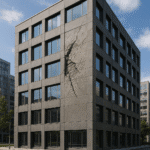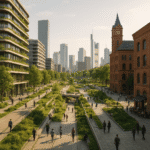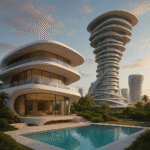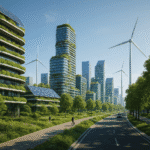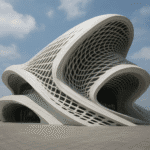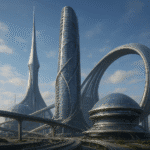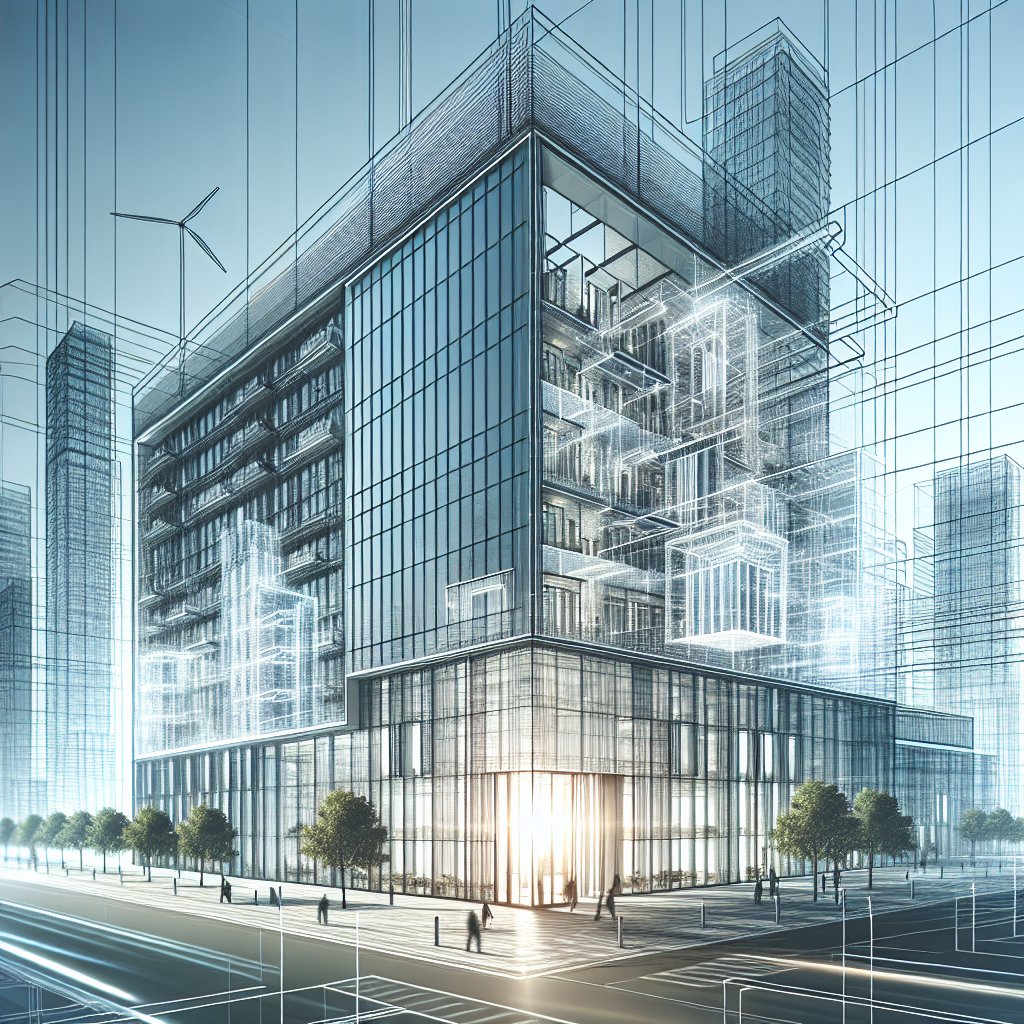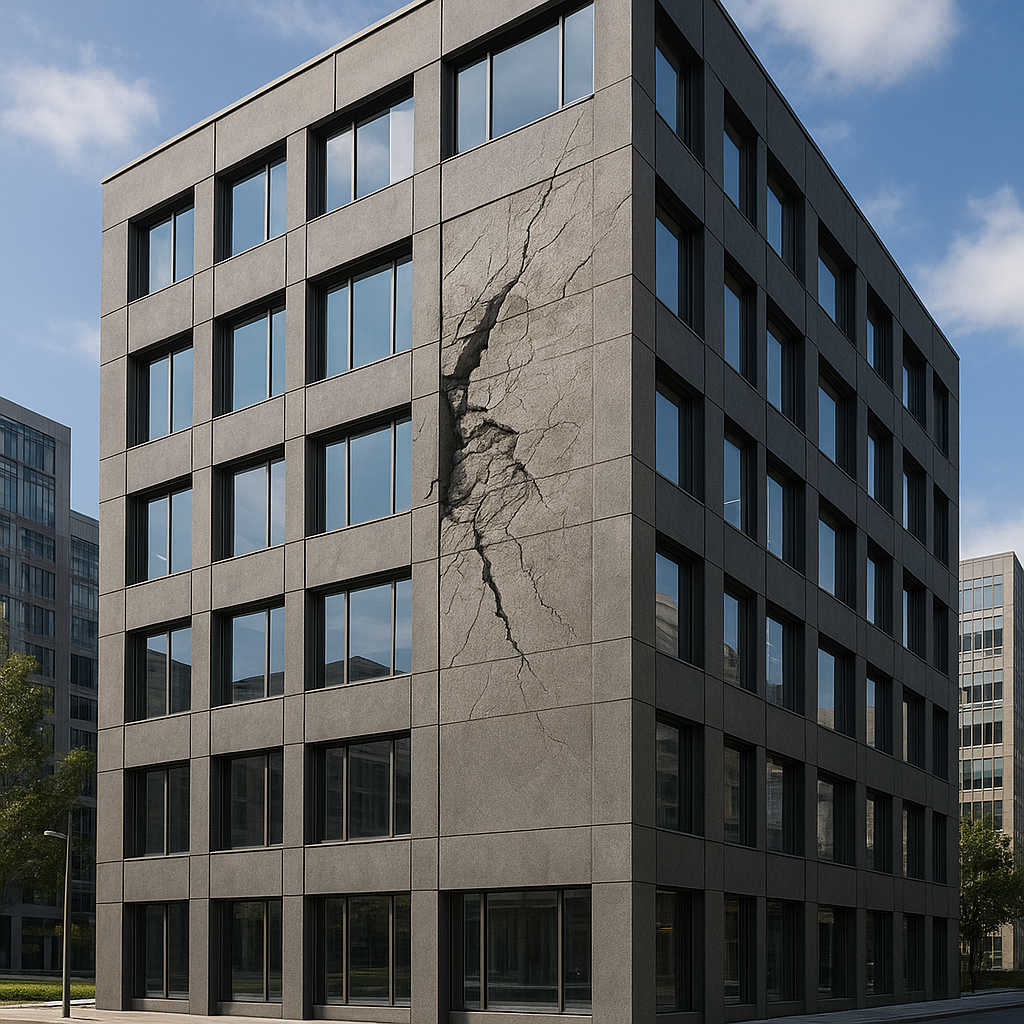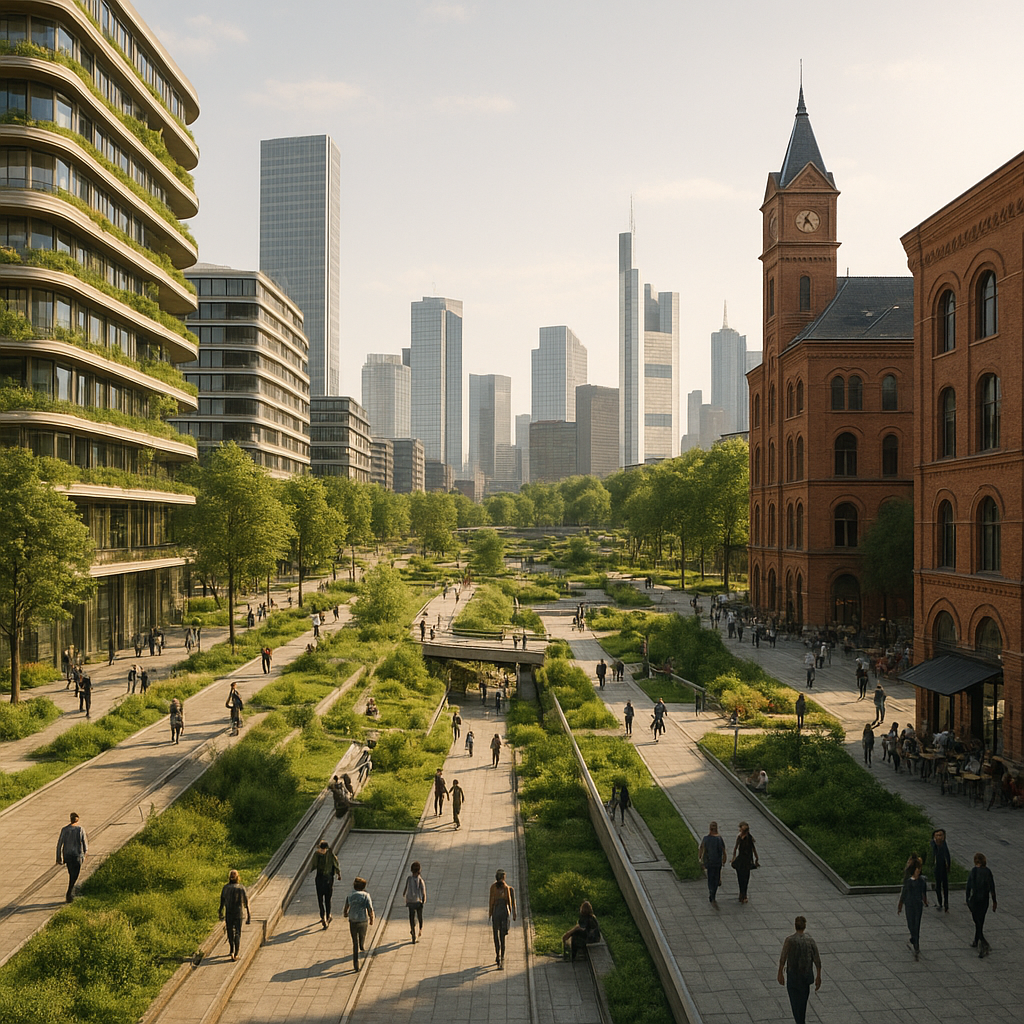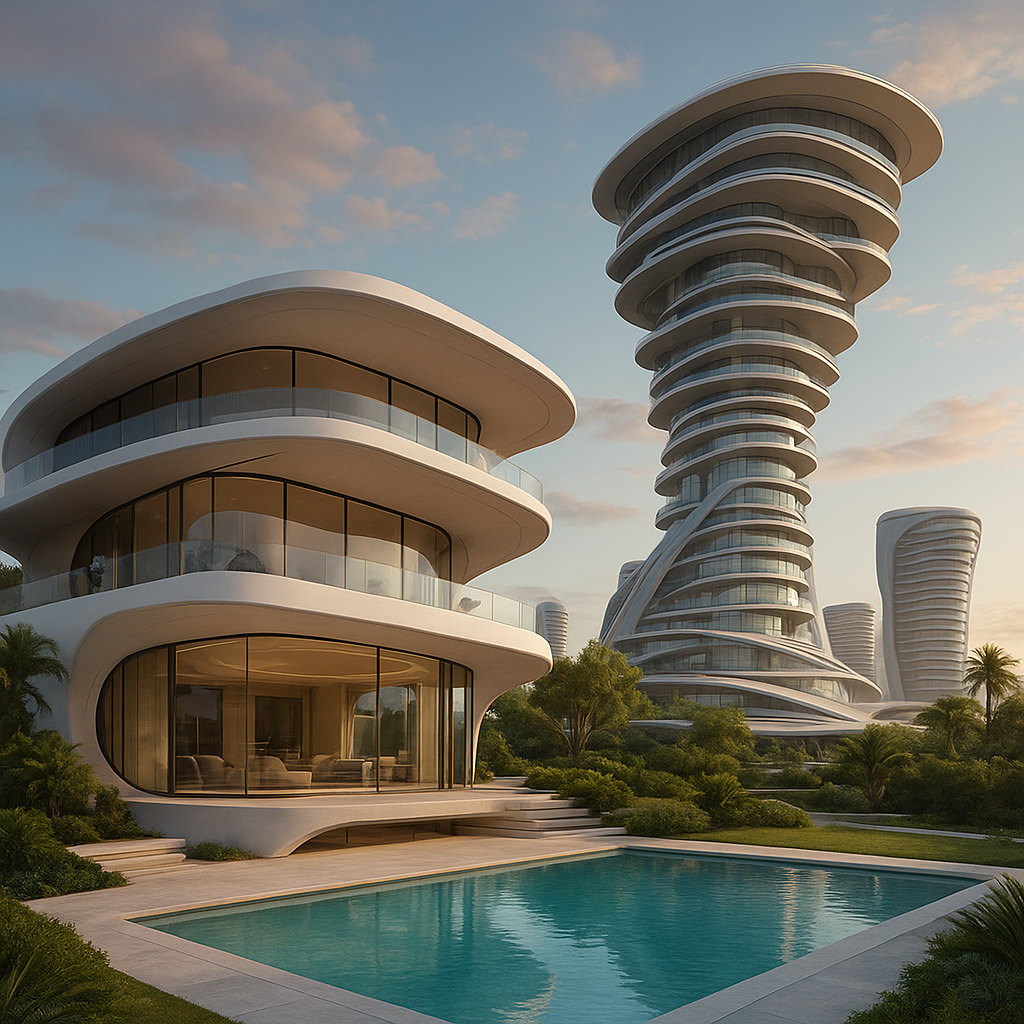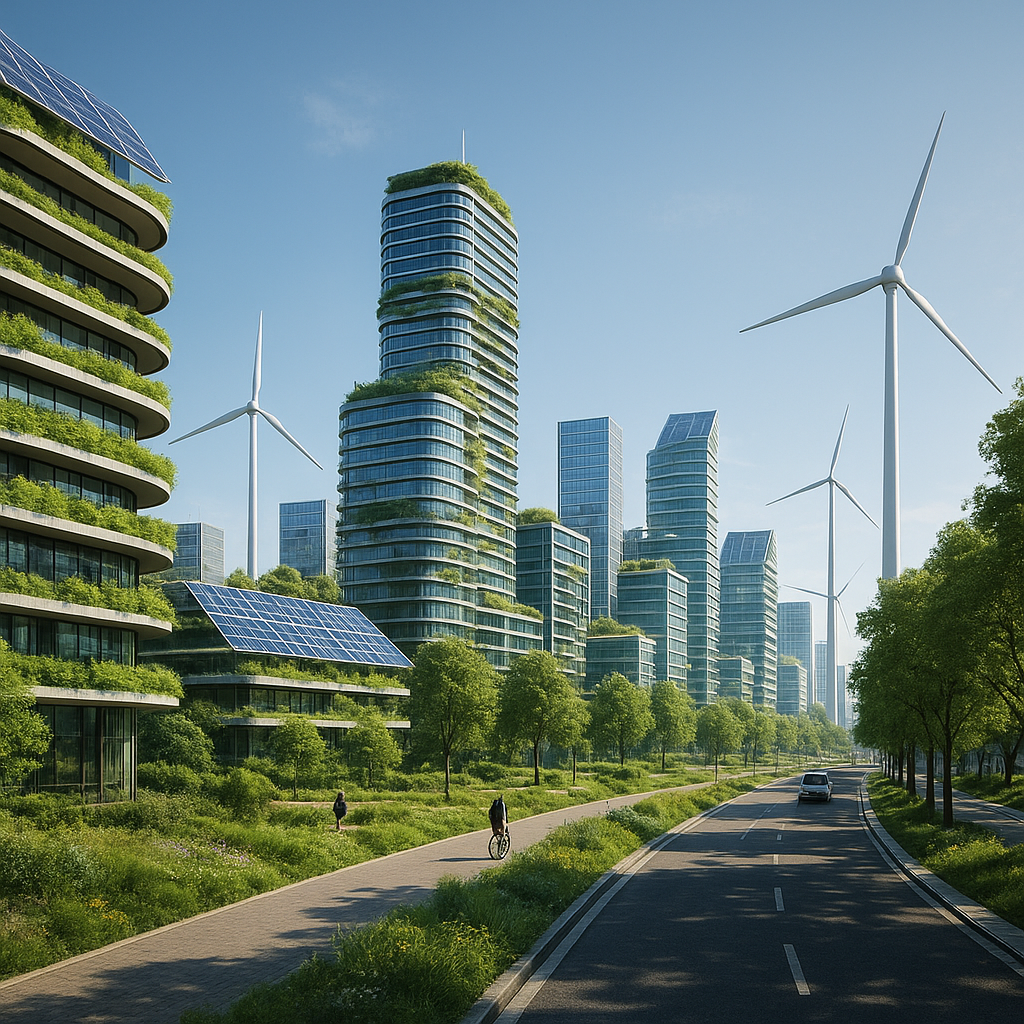Revolutionary facade designs are at the forefront of transforming energy efficiency in modern architecture. As the world grapples with the challenges of climate change and the urgent need for sustainable development, architects and engineers are increasingly focusing on innovative facade solutions that not only enhance the aesthetic appeal of buildings but also significantly reduce their energy consumption. This article delves into the cutting-edge technologies and design philosophies that are shaping the future of building facades, offering a glimpse into how these advancements are contributing to a more sustainable built environment.
The Evolution of Facade Design
The concept of building facades has evolved dramatically over the years, from simple protective barriers to complex systems that play a crucial role in a building’s energy performance. Traditionally, facades were designed primarily for aesthetic purposes, providing a visual identity to structures. However, with the growing emphasis on sustainability, the role of facades has expanded to include energy efficiency, environmental impact, and occupant comfort.
One of the most significant shifts in facade design is the integration of advanced materials and technologies. Modern facades often incorporate smart materials that can adapt to changing environmental conditions, such as photochromic and thermochromic glass, which adjust their transparency and reflectivity based on sunlight and temperature. These materials help regulate indoor temperatures, reducing the need for artificial heating and cooling.
Moreover, the use of double-skin facades has gained popularity in recent years. These systems consist of two layers of glass separated by an air cavity, which acts as an insulating barrier. The cavity can be ventilated naturally or mechanically, allowing for better control of heat gain and loss. This design not only improves energy efficiency but also enhances acoustic insulation and provides opportunities for natural ventilation.
Innovative Technologies in Facade Design
As technology continues to advance, so too do the possibilities for innovative facade designs. One of the most promising developments is the integration of photovoltaic (PV) panels into building facades. Building-integrated photovoltaics (BIPV) allow facades to generate electricity from sunlight, turning them into active energy-producing components. This approach not only reduces a building’s reliance on external power sources but also contributes to a reduction in carbon emissions.
Another groundbreaking technology is the use of dynamic facades, which can change their properties in response to environmental conditions. These facades often incorporate sensors and actuators that adjust shading devices, louvers, or blinds automatically, optimizing daylight penetration and minimizing glare. By dynamically responding to the sun’s position and intensity, these systems enhance occupant comfort while reducing energy consumption for lighting and climate control.
Furthermore, the advent of 3D printing has opened new avenues for facade design. Architects can now create complex, customized facade elements with precision and efficiency. This technology allows for the production of lightweight, high-performance components that can be tailored to specific environmental conditions and aesthetic preferences. The use of 3D-printed facades also reduces material waste and construction time, contributing to more sustainable building practices.
Case Studies: Pioneering Facade Designs
Several iconic buildings around the world exemplify the potential of revolutionary facade designs to enhance energy efficiency. One such example is The Edge in Amsterdam, often hailed as the world’s most sustainable office building. The Edge features a highly intelligent facade system that incorporates solar panels, automated shading devices, and natural ventilation strategies. These elements work in harmony to optimize energy use, resulting in a building that produces more energy than it consumes.
Another notable example is the Bosco Verticale in Milan, a pair of residential towers that integrate vertical forests into their facades. The towers are covered with over 20,000 trees and plants, which provide natural insulation, improve air quality, and create a unique microclimate. This innovative approach not only enhances the building’s energy performance but also contributes to urban biodiversity and the well-being of residents.
In Singapore, the Oasia Hotel Downtown stands as a testament to the potential of green facades. The building is enveloped in a lush vertical garden that covers over 60% of its surface area. This living facade acts as a natural cooling system, reducing the need for air conditioning and creating a pleasant environment for guests. The hotel’s design demonstrates how integrating nature into urban architecture can lead to significant energy savings and environmental benefits.
The Future of Facade Design
As the demand for sustainable architecture continues to grow, the future of facade design looks promising. Emerging technologies such as nanomaterials, artificial intelligence, and biomimicry are poised to revolutionize the way facades are conceived and constructed. Nanomaterials, for instance, offer the potential for ultra-thin, lightweight coatings that provide superior insulation and self-cleaning properties.
Artificial intelligence (AI) is also set to play a pivotal role in facade design. AI algorithms can analyze vast amounts of data to optimize facade performance, predicting and responding to environmental changes in real-time. This capability allows for more precise control of energy use and occupant comfort, paving the way for truly intelligent buildings.
Biomimicry, the practice of drawing inspiration from nature, is another exciting avenue for facade innovation. By studying natural systems and organisms, architects can develop facade solutions that mimic the efficiency and adaptability of the natural world. For example, facades inspired by the structure of a butterfly’s wing could offer enhanced thermal regulation and light diffusion.
In conclusion, revolutionary facade designs are transforming the landscape of modern architecture, offering new possibilities for energy efficiency and sustainability. As architects and engineers continue to push the boundaries of what is possible, the buildings of the future will not only be visually stunning but also environmentally responsible, contributing to a more sustainable and resilient world.
